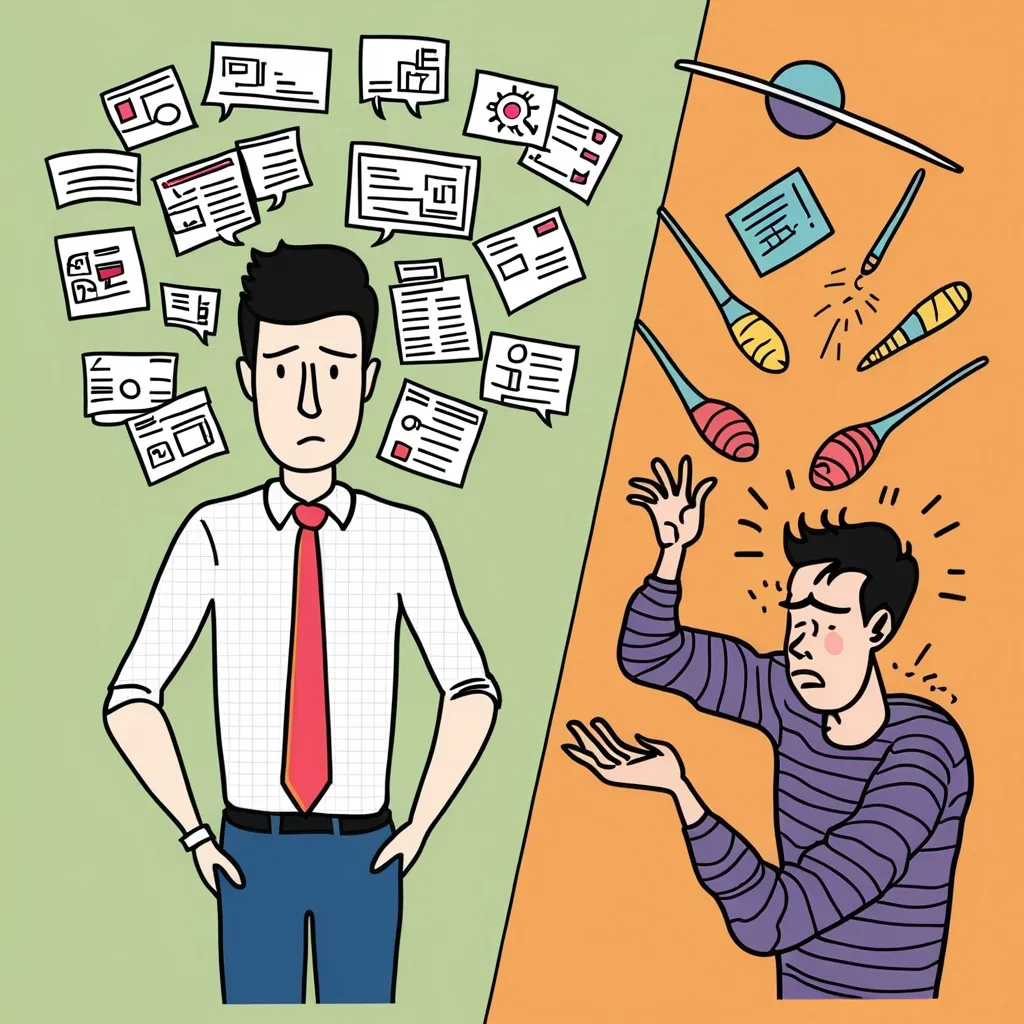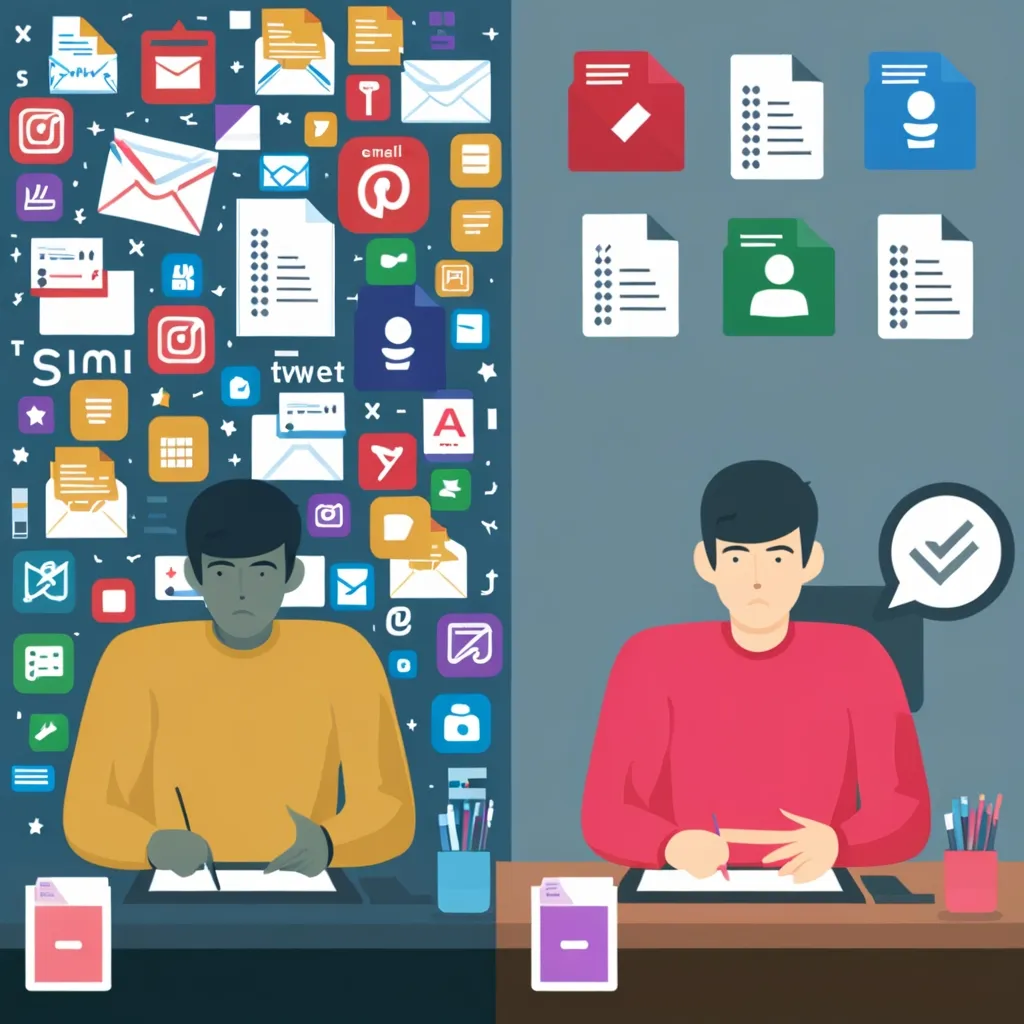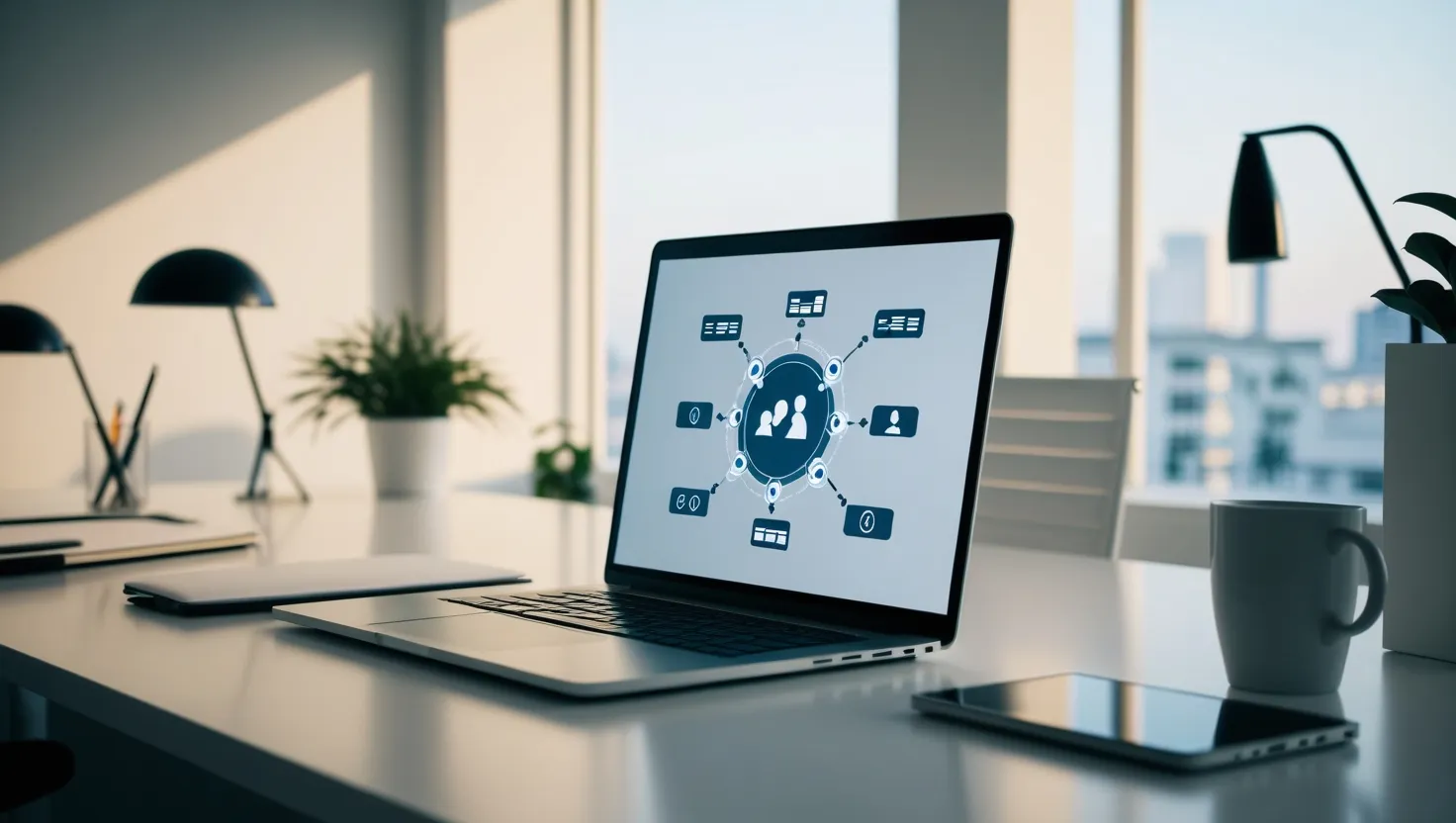In this fast-paced digital world, it’s all too easy to get caught up in a whirlwind of screens, apps, and notifications. However, there’s a way out of this chaos that can help you reclaim your time, boost your productivity, and improve your well-being—welcome to the world of digital minimalism.
Digital minimalism is more than just a trendy buzzword. It’s a philosophy that encourages taking a step back from the technology bombardment and reflecting on how we use it. At its core, it’s about making conscious decisions about which digital activities truly add value to our lives and dropping the rest.
The journey starts with understanding your current digital habits. Take a good, hard look at your phone, computer, and any other devices you regularly use. Make a list of all the apps, social media platforms, and websites you frequent. You’ll be surprised at how much time you spend on some of these. This awareness is the first step toward making meaningful changes.
Next, it’s time to tackle the digital clutter. This can be daunting as we’re surrounded by notifications, emails, and social media updates. Begin by removing or organizing apps on your devices, keeping only what’s essential for your work and well-being. Declutter your email by unsubscribing from newsletters and lists that no longer serve you. Turn off annoying notifications that pull your attention away from important tasks.
A tidy digital space isn’t just about apps and emails. Organize your digital files, photos, and documents. An organized digital life reduces stress and makes it easier to find what you need quickly. This also applies to your calendar; a well-planned schedule can avoid the chaos of last-minute rushes.
Digital minimalism also teaches us to prioritize tasks. By focusing on one task at a time, you can dive deeper and produce higher quality work. Time blocking is an effective technique where you schedule specific time slots for tasks, treating them like appointments. This helps you avoid multitasking, which can take a toll on productivity.
The Eisenhower Matrix is a handy tool for prioritization. It sorts tasks into four categories: important and urgent, important but not urgent, urgent but not important, and neither. Focusing on tasks that align with your values ensures you’re spending your time on what truly matters.
Mindful screen time is another crucial element. Instead of scrolling aimlessly or diving into endless content, choose deliberately when and why you engage with these platforms. Set screen time limits on the most distracting apps to avoid mindless hours of scrolling.
A digital detox can be a breath of fresh air. Try setting aside your phone for one day a week to remind yourself that life exists beyond screens. This break from the digital world helps you realize your capabilities without the constant distraction of technology.
Another effective strategy is batching tasks. For instance, address all your emails in one dedicated session instead of checking sporadically. This helps you stay focused and resist the urge to react to every new notification.
Your physical workspace can also impact your digital productivity. A cluttered desk often leads to a cluttered mind. Keep only essential items within reach and invest in tools that meet your needs efficiently. Remember, less is more.
Having a support system is invaluable. Let your friends and family know about your desire to unplug. By sharing your goals, you’ll receive support and encouragement, making it easier to stick to your new habits.
Replacing technology with analog alternatives can be surprisingly refreshing. For instance, using a paper notebook for planning helps you stay focused without the temptation of checking other apps on your phone.
Notifications can be a huge distraction. Limit them to the truly important ones, such as calls and texts, and check other apps at your convenience. Using Do Not Disturb mode during work hours or at specific times can help you stay focused.
It’s crucial to unsubscribe from newsletters, blogs, and social media accounts that no longer serve you. Ask yourself if you’d be willing to pay for the content you’re consuming; if not, it’s probably not worth your time.
Consider docking your phone near the entrance of your home, so it’s not always within arm’s reach. This small change can make a big difference, helping you pause and think before grabbing your phone.
Time-blocking online activities can also make a difference. When you think of an online task, jot it down as a reminder for later instead of acting on it right away. This helps you stay focused and avoid distractions.
Setting personalized conditions for using addictive apps can be a game-changer. For example, you might decide to only watch Netflix with family or friends or only use social media after completing your chores. These rules help you maintain a balance between online and offline activities.
The benefits of digital minimalism are plentiful. It helps you reclaim time and focus on what truly matters, whether it’s spending time with loved ones, pursuing hobbies, or getting work done. By reducing screen time, you can achieve a better work-life balance, improve mental health, and enhance productivity.
Digital minimalism also allows you to compartmentalize work and personal life more effectively. By setting clear boundaries, you can prevent work from bleeding into personal time and vice versa, leading to a more balanced and fulfilling life.
It’s not all smooth sailing, though. Sticking to your values and avoiding the temptation to reinstall time-wasting apps can be challenging. Ensure you have a clear reason for decluttering and cutting back to stay motivated.
Drawing the line between technology that serves your values and what doesn’t can also be tough. It requires careful consideration and decisive action to determine which apps and platforms are worth your time.
Fear of missing out (FOMO) is another common challenge. Reducing your digital footprint might make you feel like you’re missing out on valuable information or opportunities. However, the benefits of digital minimalism usually outweigh these concerns.
Different generations experience varying levels of success and comfort with digital minimalism. Gen Z is making a conscious effort to reduce screen time, while Millennials face mixed challenges. Gen X appears less focused on reducing screen time, and Boomers seem the most comfortable with their current digital habits. The constant presence of smartphones, TVs, and laptops highlights the widespread integration of these devices into our daily lives.
Think of your digital consumption as a diet. Opt for high-quality digital content that enriches your life, just as you would choose nutritious foods. Unsubscribe from time-wasting newsletters and unfollow social media accounts that don’t add value. Instead, follow profiles that inspire and educate you, enhancing the quality of your digital experience and reducing time spent on mindless scrolling.
Embracing digital minimalism is a powerful way to reclaim your time and boost productivity. By focusing on essential activities, eliminating digital clutter, and being mindful of your screen time, you can achieve a better balance between online and offline life. Despite the challenges, the benefits of digital minimalism make the effort worthwhile. Take that first step today and start making conscious decisions about how you use technology to enhance your life.






